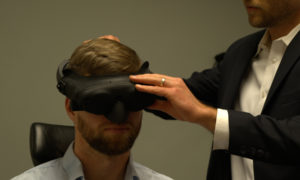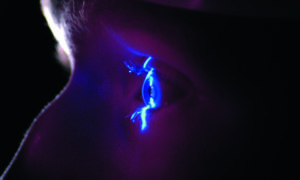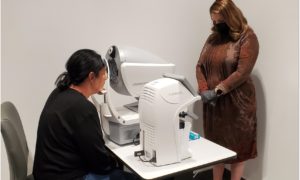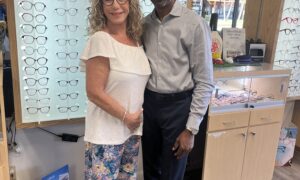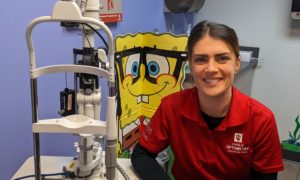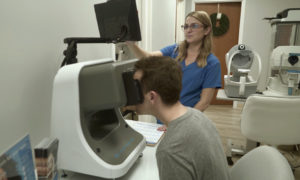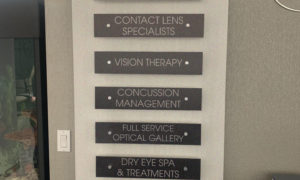Ed Liu, OD, of Foothill Optometric Group in Pleasanton, Calif., reviews three case studies, showing how technology in advanced instrumentation can help in patient presentation of conditions such as macular degeneration, retinal detachment and leukemia. ODs who employ advanced instrumentation and practice conscientious care can provide early detection of serious conditions—and effect good patient outcomes. Part 2 in a series on employing technology in the practice.
Macular Degeneration: Ed Liu, OD, of Foothill Optometric Group in Pleasanton, Calif., reviews a case study of a patient with early signs of macular degeneration. In this case, Dr. Liu’s inability to get a patient to 20/20 led him to run an OTC scan–indicating abnormalities at the cellular level that otherwise would not have been detected. The OCT now is used on a daily basis in his five-doctor practice, allowing for pathologies to be spotted early on. This, in turn, can produce better patient outcomes.
Retinal Detachment: Ed Liu, OD, of Foothill Optometric Group in Pleasanton, Calif., reviews the case of a retinal detachment. Here time was of the essence, and instrumentation and staff training served the patient well. Timeline: At 4 pm a patient stops in the office, complains of trouble seeing due to floaters. The patient asks to make a later appointment. A staff member recognizes a potential problem and insists that the patient be seen that day. At 4:10 pm, the patient presents, and a retinal scan reveals a large billowing, indicating a retinal detachment. The office contacts a nearby retinal specialist and e-mails him the image of the detachment. At 5:30 pm, the patient is in surgery, and the detachment is repaired.
Leukemia: Ed Liu, OD, of Foothill Optometric Group in Pleasanton, Calif., reviews a case study of a patient with early stages of leukemia. This patient showed no symptoms of sickness, but the condition was spotted by Dr. Liu’s partner during a routine retinal scan that revealed multiple hemorrhages in the retinal. The patient was sent directly to a nearby retinal specialist. Because the condition was spotted early, the patient was able to be treated successfully. When he returned to Dr. Liu’s office six months later, the hemorrhages had cleared up. Again, advanced instrumentation and conscientious care provided early detection and an outcome far better than one that may have possible a few years ago.

